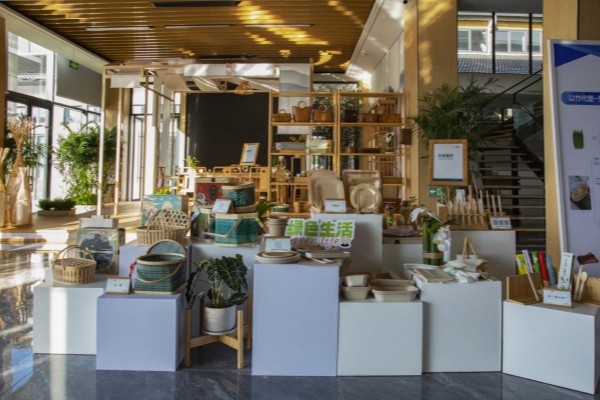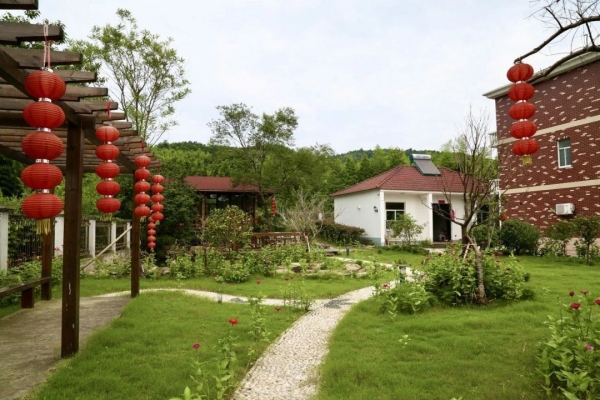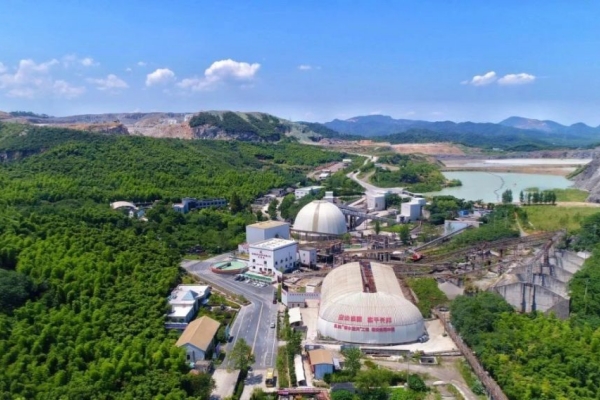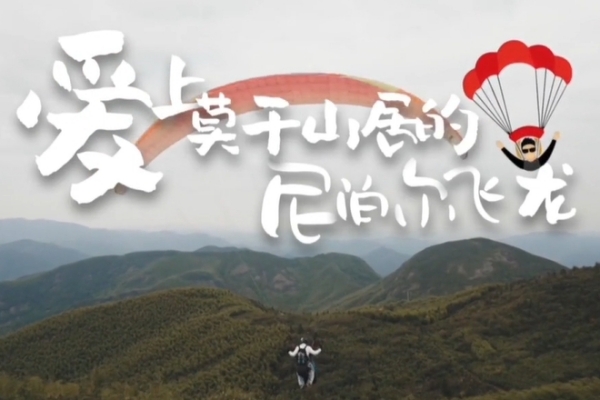A celebration for a time of promise
In an early 20th-century black-and-white photograph of the festival, a puppet dragon weaves in serpentine movements down a bustling American street, flanked by storefronts adorned with English signs.
Performed during Chinese New Year celebrations for over a millennium, the dragon dance likely evolved from ancient rituals meant to invoke the blessings of the dragon, a symbol of power believed to bring rain and ensure a bountiful harvest.
The performers in the picture, manipulating the dragon puppet made of cloth stretched over a multi-segmented bamboo framework, likely practiced this tradition in their native Chinese villages before emigrating to the United States, where many usually found work as railroad builders and laundry workers.
Chinese New Year became one of the rare occasions when these hardworking yet often-overlooked individuals could make their presence known — loudly and proudly. That's perhaps why, even when local ordinances forbade firecrackers, some defiantly banged pots and pans, reclaiming a space for their cultural memory, both in and outside the Chinatown.
By honoring that collective memory, they passed it down to their descendants who, not without much struggle, forged a new identity in their adopted home to carry that heritage forward. Over time, they transformed the festival into a global phenomenon participated by the Chinese diaspora worldwide.





